The iPhone 16e signals the death of LCDs and the death of the smartphone for some
Apple no longer sells any phones with LCD panels, and fewer companies are offering these eye-friendly alternatives than ever.
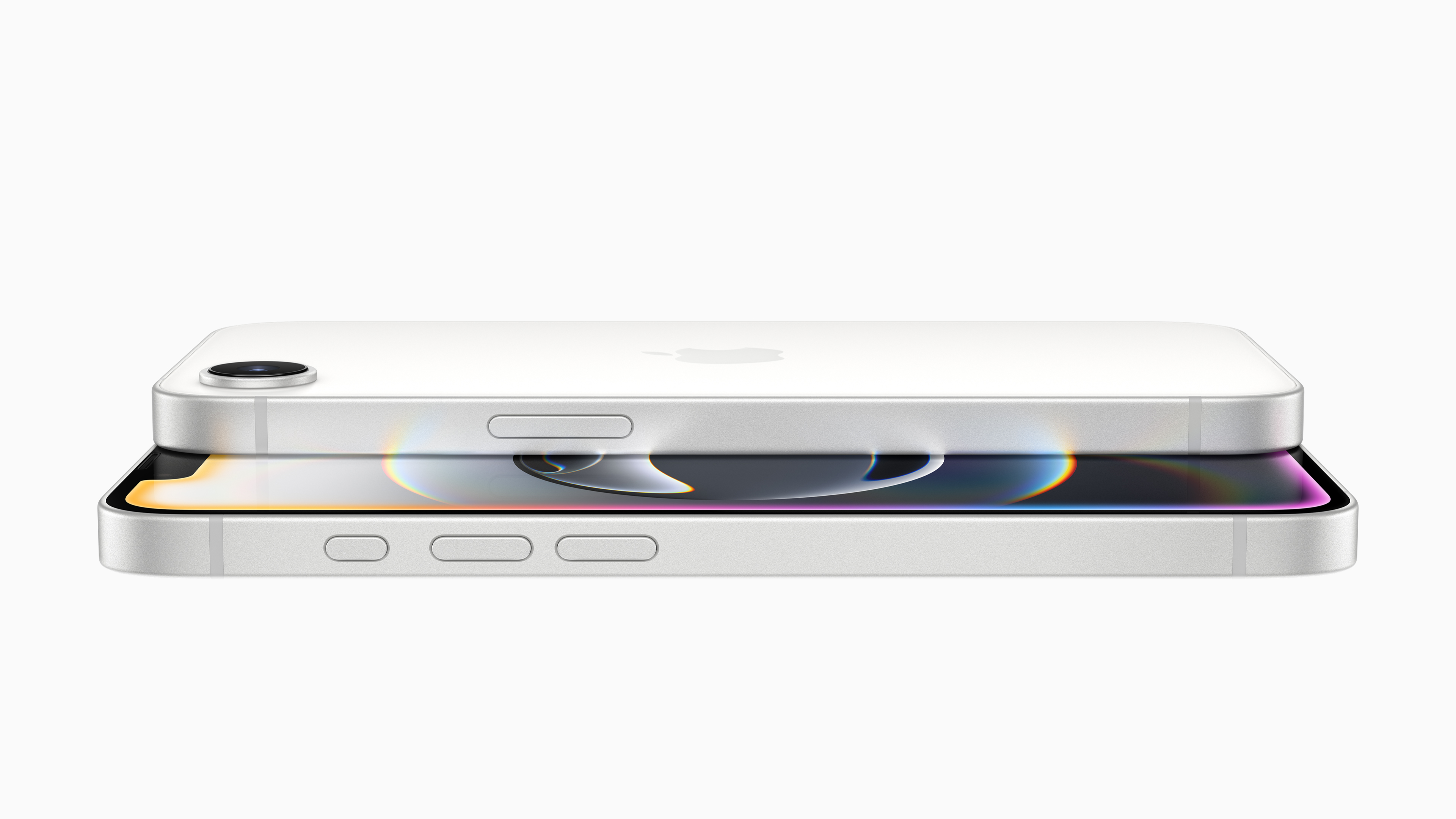
This past week, Apple announced the iPhone 16e, a new budget-minded iPhone that packs Apple Intelligence and a more modern design over previous iPhone SE models. While many are saying the phone is still too expensive given the specs it offers, especially when compared to the best affordable Android phones, the price isn't the biggest issue for some folks. It's the display.

Android Central Labs is a weekly column devoted to deep dives, experiments, and a focused look into the tech you use. It covers phones, tablets, and everything in between.
The introduction of the iPhone 16e — and subsequent retirement of the iPhone SE 3 — marks the first time in history that Apple isn't actively selling a new phone with an LCD panel. While that might sound good on the surface, it's actually a problem because Apple doesn't offer a flicker-free option for its OLED-equipped devices, meaning anyone with PWM sensitivity can no longer buy a new iPhone from this day onward.
Obviously, this presents a huge opportunity for Android manufacturers to capitalize on Apple's decision, but it also represents a growing problem with modern devices. Summer 2023 brought the fear that LCD would no longer see active development — a statement that has since been retracted — but while LCD isn't dead, it's barely present in the market, even on budget-minded devices.
This is a problem because some users cannot use OLED displays. They cause headaches and nausea, even if the display employs a "flicker-free" solution. That often means that only the cheapest phones around — like the $200 Moto G 2025 — offer a display that's comfortable for these users.
As that pool of devices shrinks, so do the usable options for these users. Soon enough, a subset of the population might not be able to use modern devices at all, which presents an obvious problem, but a few solutions could help these folks.
What's the deal with OLED, anyway?
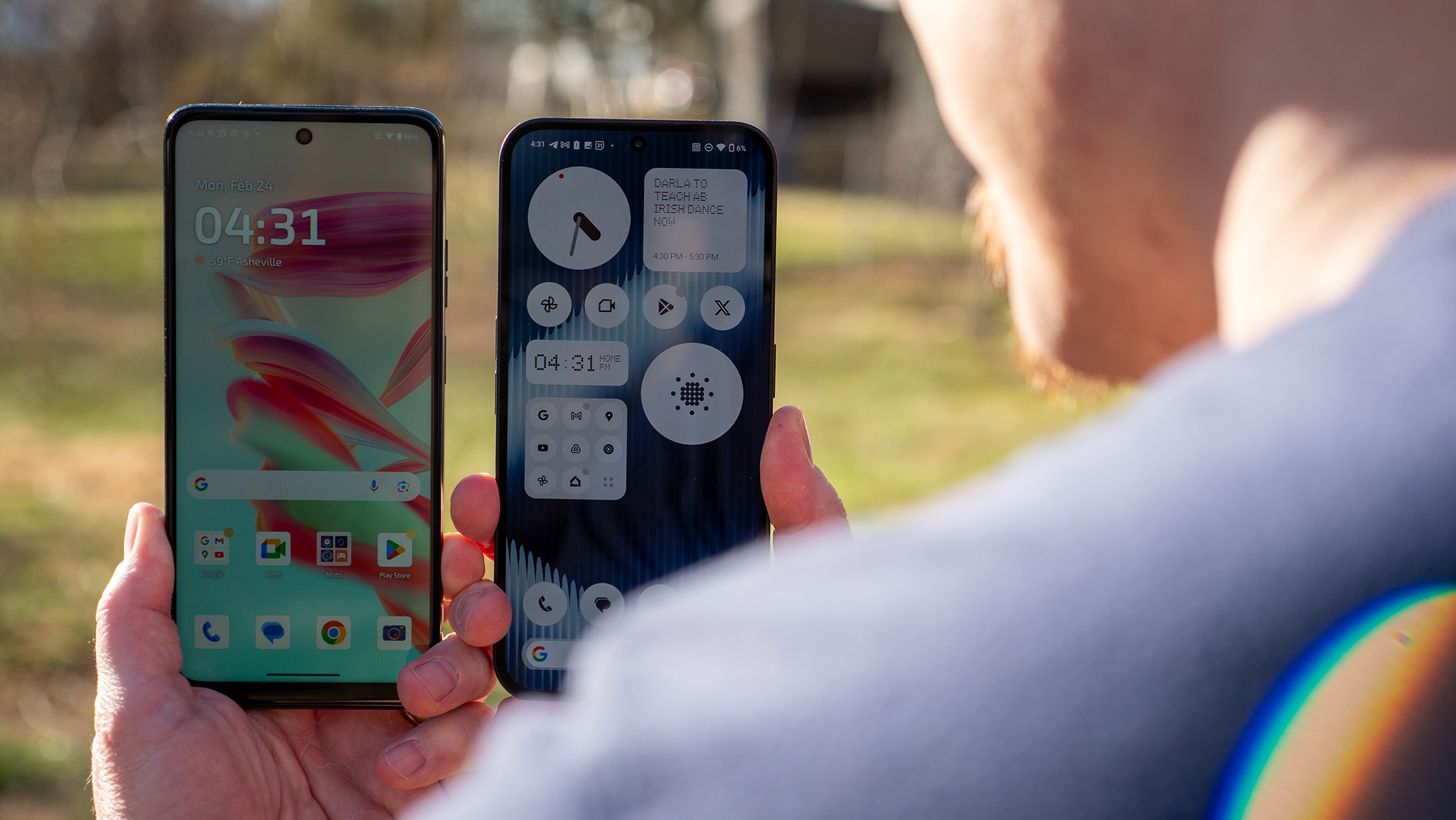
Apple has yet to introduce any kind of flicker-reduction accessibility option, a huge problem now that the company no longer sells LCD-equipped phones.
If you don't suffer from sensitivity to flickering lights and displays, you'd be forgiven for not realizing this type of thing even exists. LED engineers have carefully crafted light bulbs and displays so that the flickering built into their function isn't visible to most people. However, the inherent nature of OLED vs LCD means that LCD is always a more comfortable option even when vast arrays of OLED comfort options are employed.
This is because an LCD is lit by a dedicated backlight that's filtered through a diffusion layer and is usually powered by its own dimming circuit. In plain English, that means an LCD's light is consistent, flicker-free (usually), and "soft." When an LCD dims, it typically lowers the voltage like a traditional light bulb.
Be an expert in 5 minutes
Get the latest news from Android Central, your trusted companion in the world of Android
An OLED display works differently. OLEDs have no backlight and, instead, each pixel creates its own light. This produces the stark contrast and deep colors that OLEDs are renowned for, but it also makes dimming complicated. LED light bulbs have the same problem because they use the same basic technology.
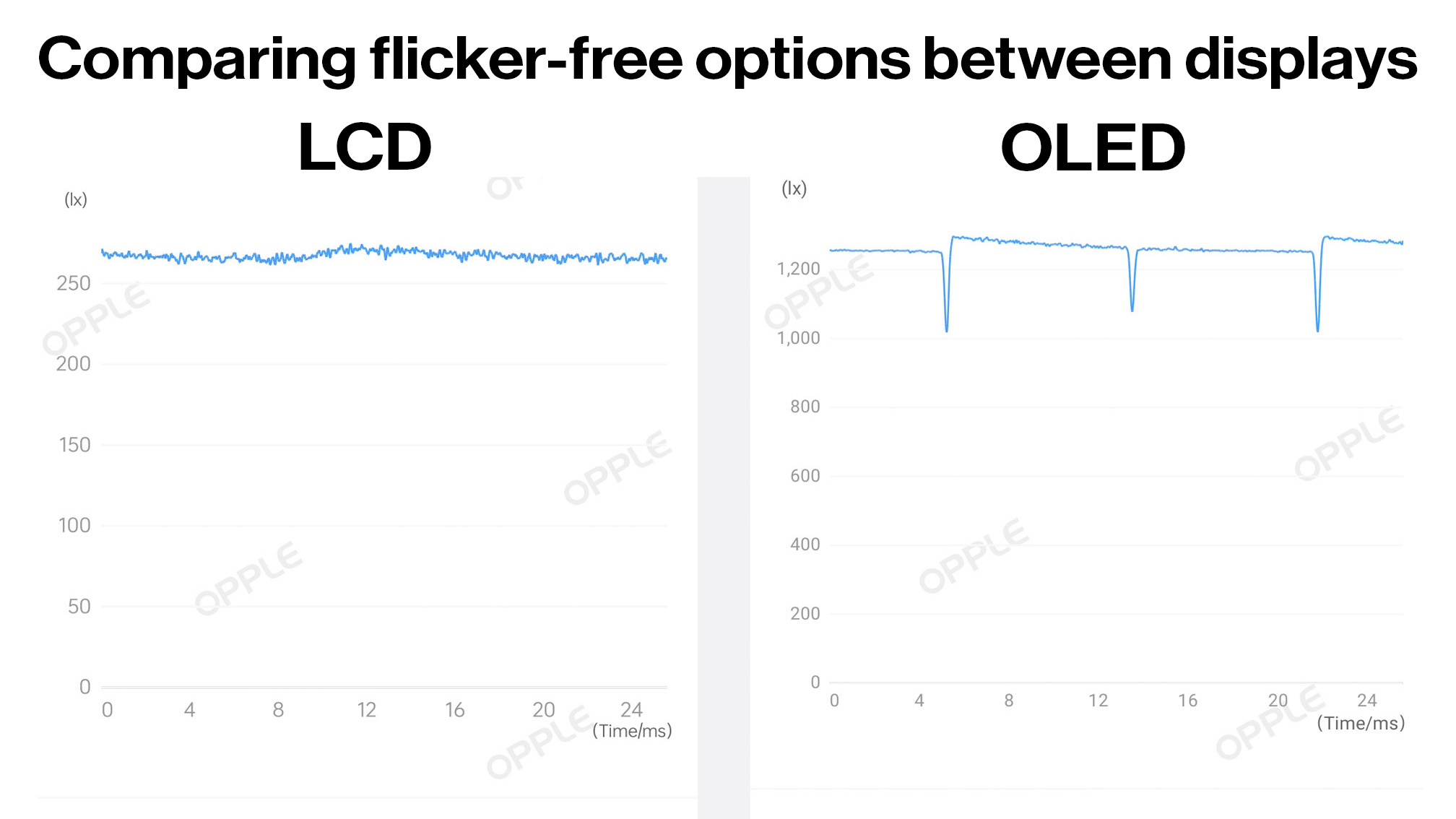
Instead of a consistent light source that persists through the entire brightness range, OLEDs always have a stark drop in brightness at the end of each visual refresh cycle. That means if an OLED display runs at 120Hz, it has 120 dips in brightness per second. Each time the OLED has to refresh its pixels and show a new image, it also needs to apply a fresh "injection" of voltage to create the image at a specific brightness level.
This drop in brightness — however minimal it may be — is simply too much flickering for some people to handle. While many friendlier OLED displays from companies like OnePlus and Honor do a lot to reduce the amount of flickering, it's impossible to make a truly flicker-free OLED because of the nature of their design.
Hope is hard to find
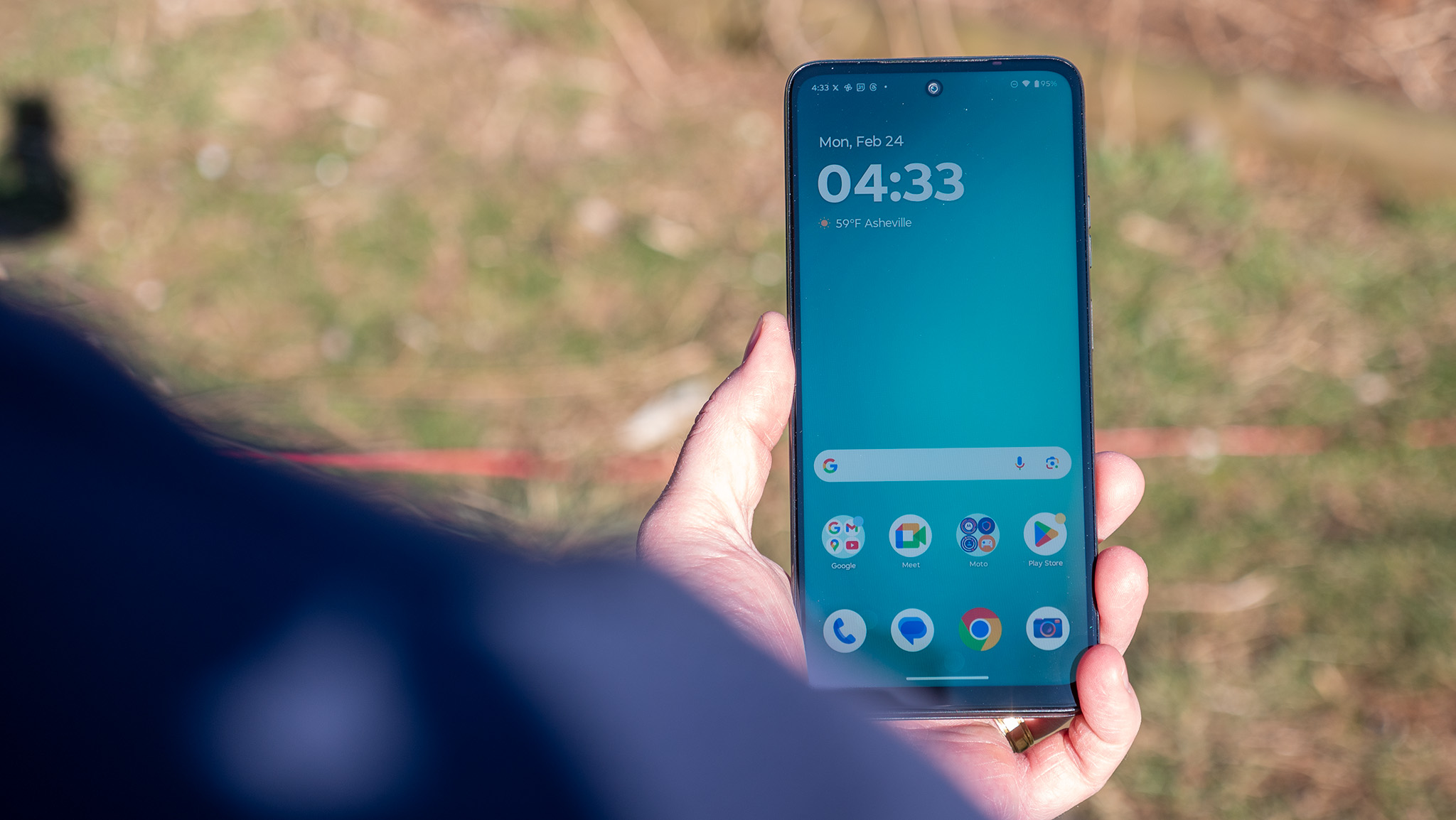
If you're in the group of folks who can't use OLED phones for any reason, your choices are few to none in 2025. I've been talking with several members of the PWM-sensitive community who are genuinely worried about what's going to happen over the next few years.
The problem isn't just that new phones aren't using LCDs, it's that old phones are only viable for so long. Google only allows phones to get so old before they are no longer supported, and newer apps and services often only support the most recent versions of Android. Without long-term updates across Android OEMs, users who cannot use newer phones are stuck between a rock and a hard place.
No one knows how many people are affected by this conundrum, either. While research on LED lights and displays has been picking up steam over the past two years, companies who research display technologies often aren't at the forefront of this research.
Some people will never be able to use OLED because of the inherent brightness dip that occurs any time the display refreshes.
If anything, the validity of some research conducted by smartphone companies has been called into question. One example is a 2023 smartphone PWM study by a Samsung Electronics staff engineer, which claims that "at a distance of 5 cm or more, the 240 Hz band was confirmed as undistinguishable from ambient noise." Based on the study, people who are typically sensitive to PWM dimming shouldn't have any problems with OLED-based smartphones.
This study used the same 240Hz metric that Samsung OLEDs have used for years, all of which have a history of causing users headaches and other problems according to tens of thousands of users across online forums like Reddit, as well as Samsung and Apple's own community forums.
Some phones, like the Minimal Phone, offer hope for the most sensitive users but still suffer from the same problem that budget-minded Android phones have. While the cameras are good enough and the processor gets the job done, you're not going to be taking award-winning pictures or playing the latest games on any of these devices.
Still, e-Ink devices like the Minimal Phone are shown to be safer than OLED while reading, so it might be best to invest in one of the best e-Ink devices and use them as often as possible. I recommend the Onyx Boox Palma 2, which runs full Android and has all the Google Play apps you want.
What are your options?
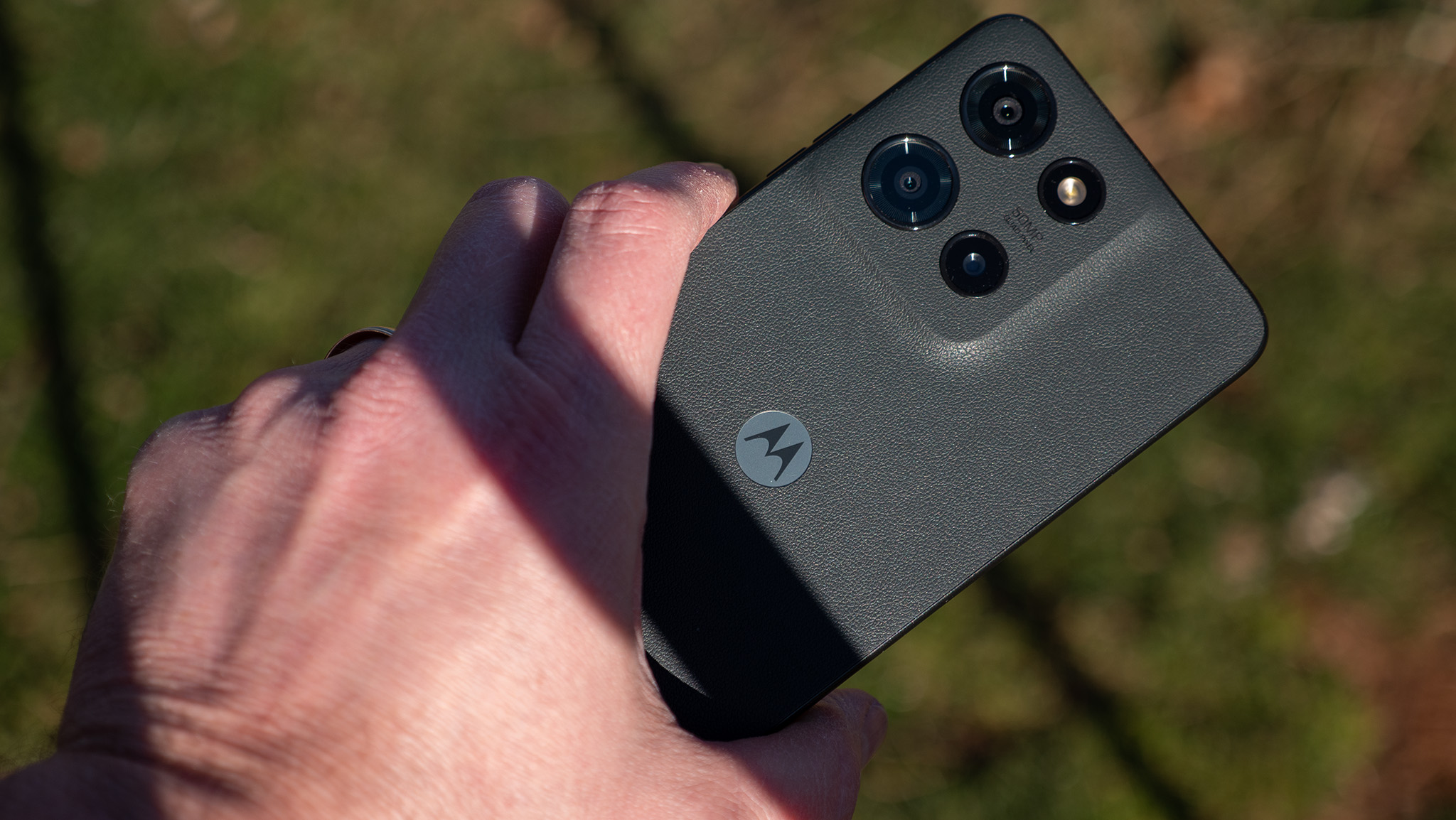
Some budget-minded phones still offer flicker-free LCD screens, but the options are dwindling with no alternative in sight.
So what are these users to do? For now, not much. Phones like the Minimal Phone offer the best chance at an eye-strain-free experience, and some of the few LCD phones left — most of Motorola's cheapest phones and that of a handful of other companies — get the basics done with little fanfare.
Companies like TCL have been trying to do something interesting with LCD technology since the introduction of the company's NXTPAPER technology, but even these are plagued with a type of color flicker known as dithering that some users are sensitive to. The upcoming TCL 60 series offers a ray of hope but is also underscored by the potential that color dithering could ruin an otherwise safe display.
And while a handful of promising new technologies are on the horizon — notably QDEL, mini-LED, and micro-LED — we don't know enough about their integration into consumer technology to be sure yet. While the latest Macbooks employ mini-LED with an extremely high 15,000Hz PWM rate, no one knows what rates QDEL and micro-LED will use or if they'll do something altogether different.
The future is sadly uncertain for anyone sensitive to light flicker. While there are rays of hope, the most sensitive group of users may have to look for screen-free lifestyle alternatives at some point in time.
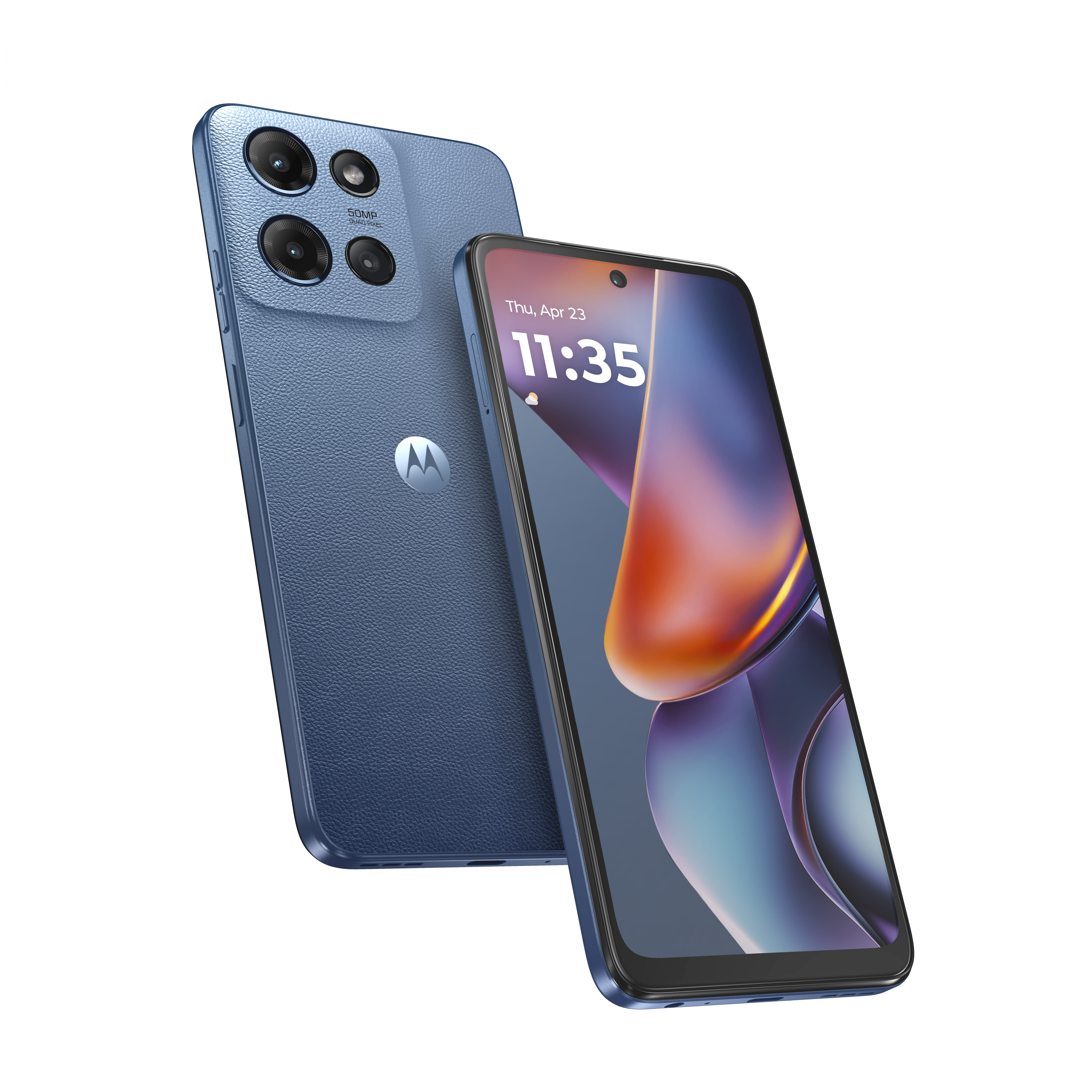
The Moto G 2025 is easy on your eyes and easy on your wallet, plus it comes with three years of software updates to keep you up to date and safe on the internet.

You must confirm your public display name before commenting
Please logout and then login again, you will then be prompted to enter your display name.
